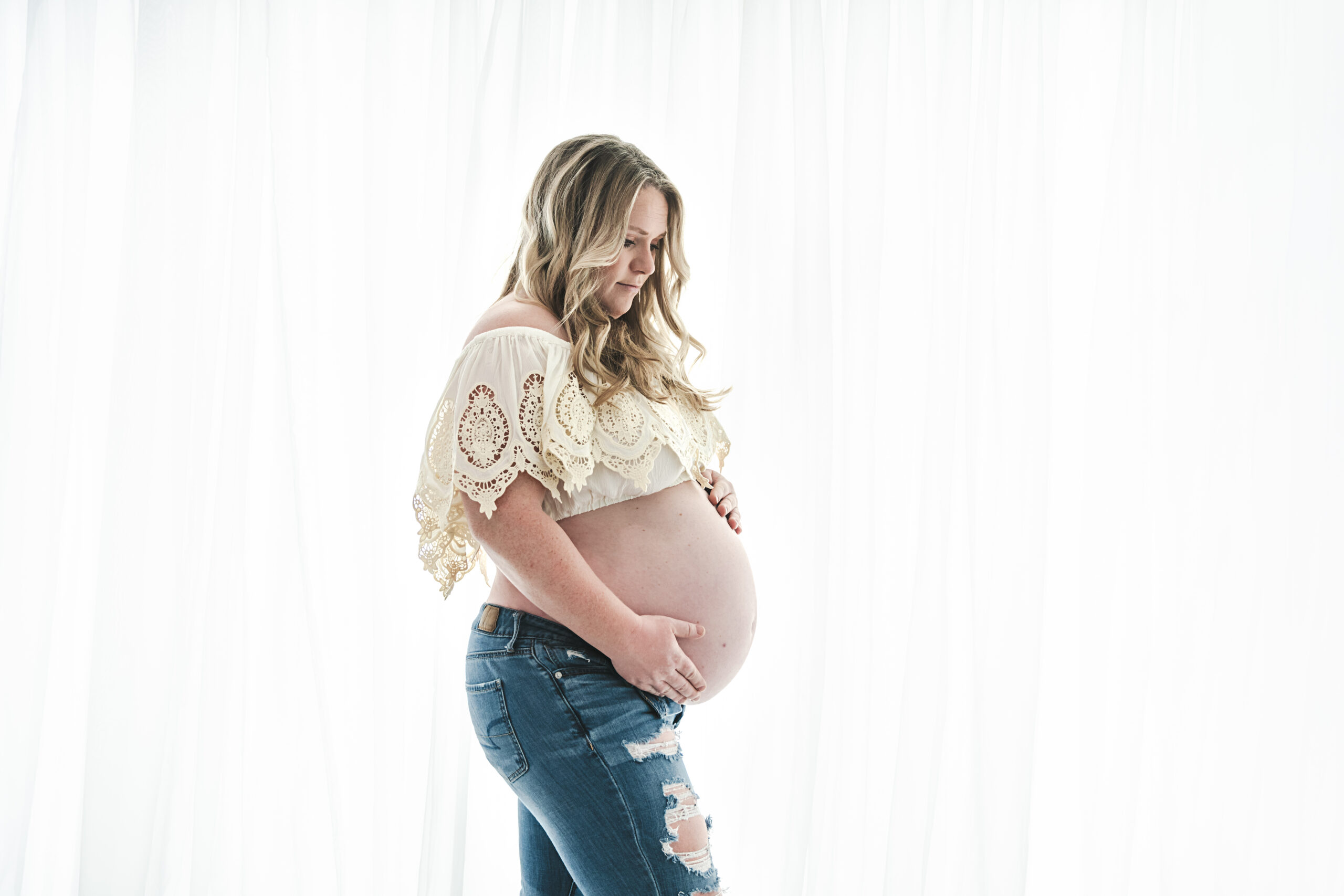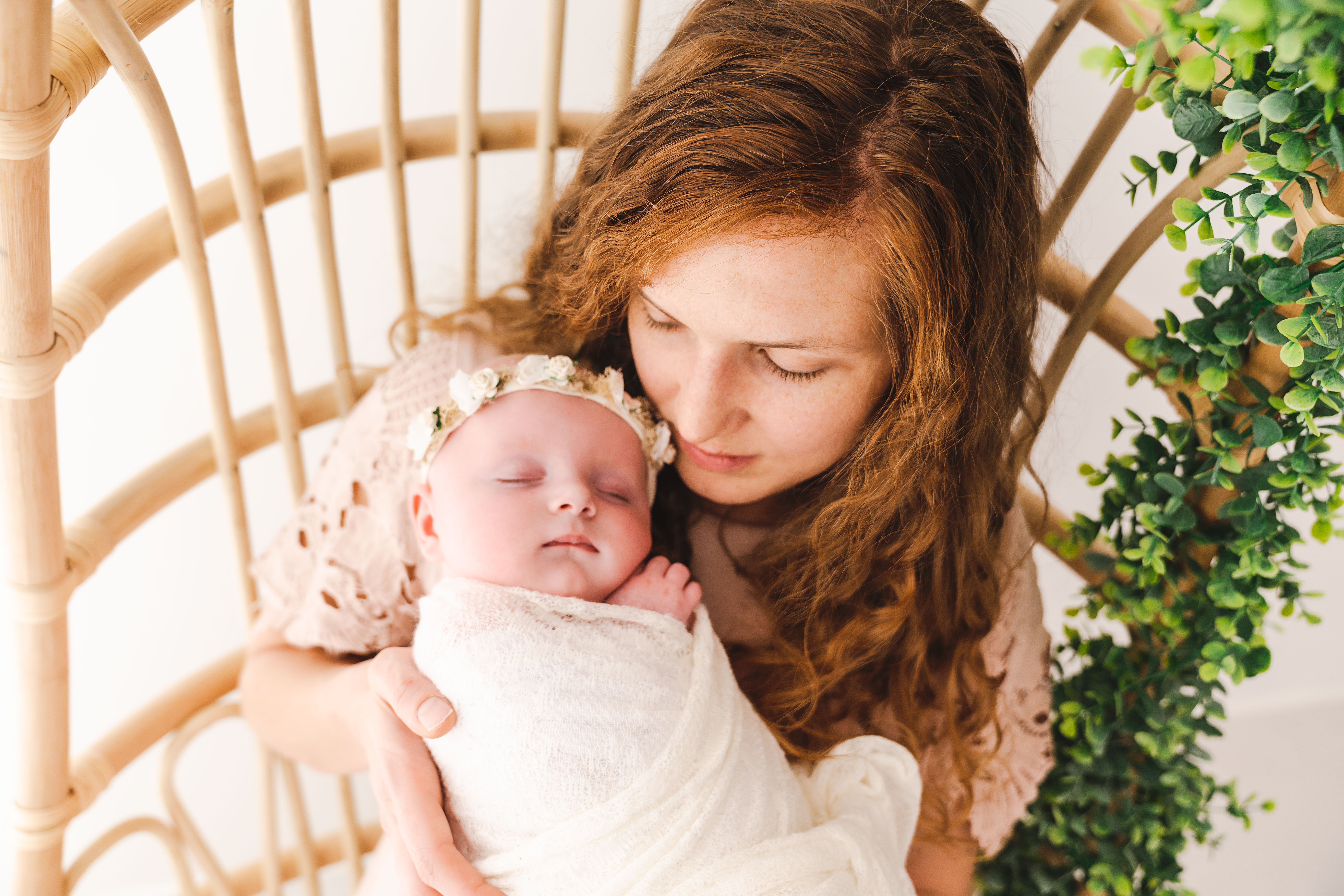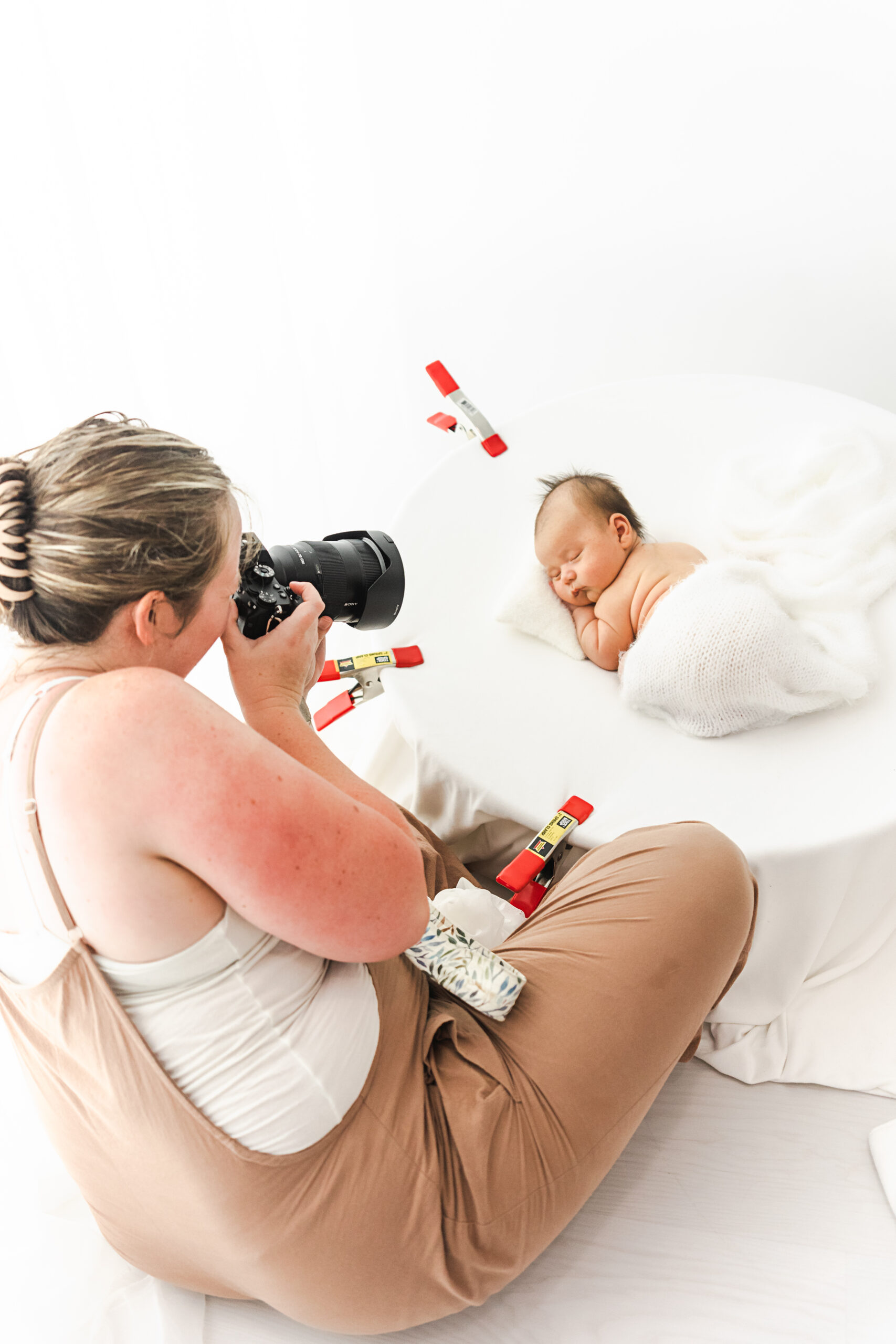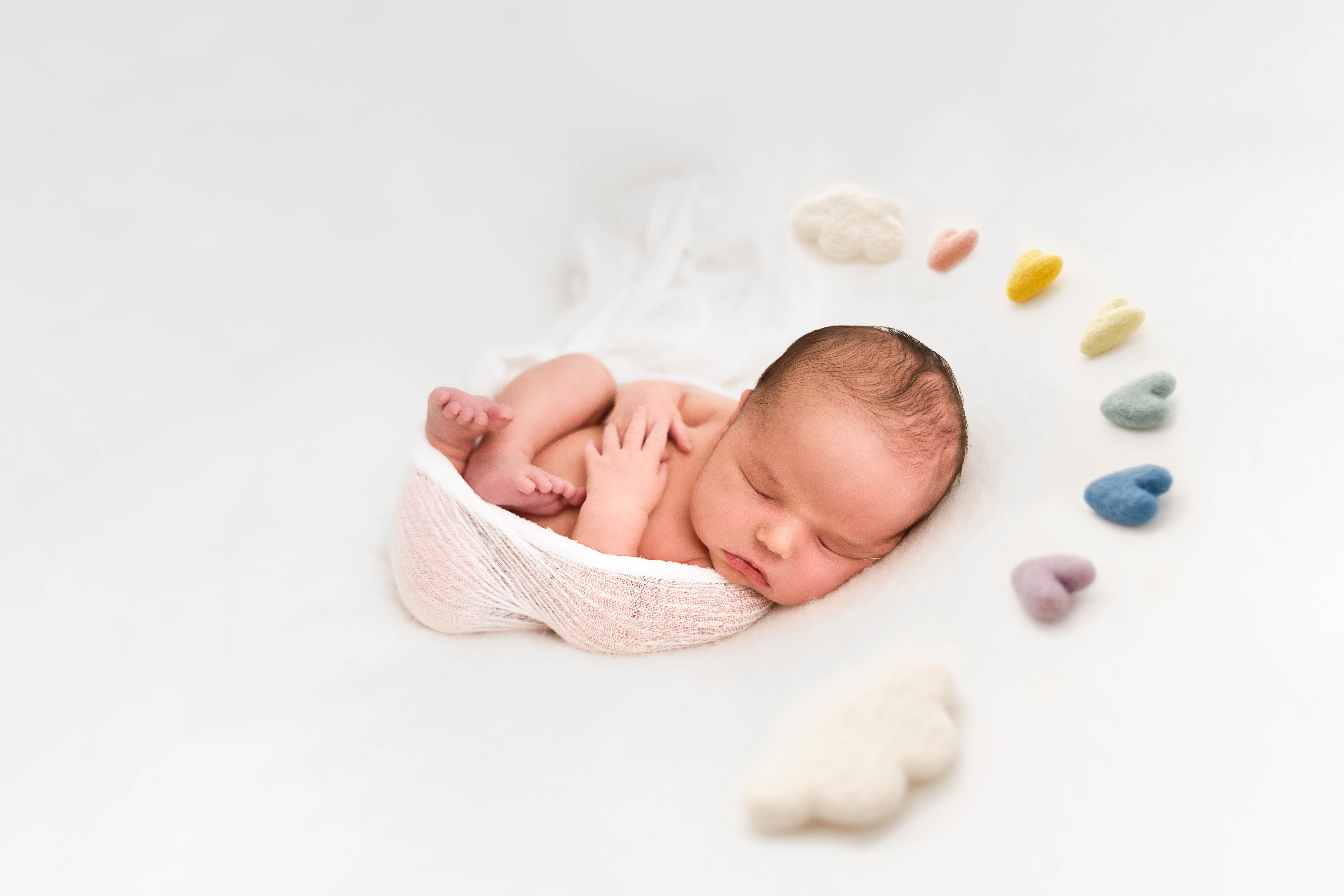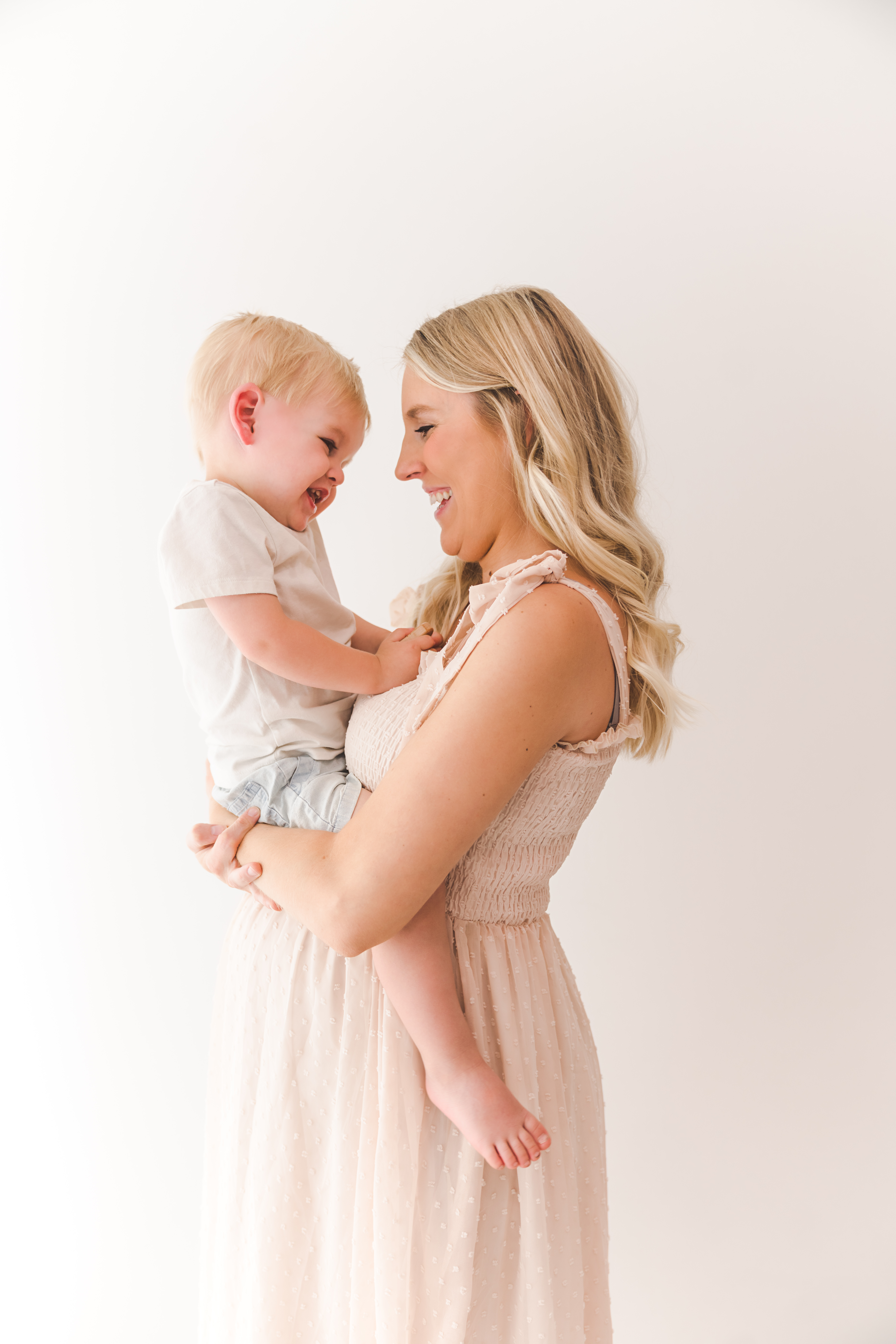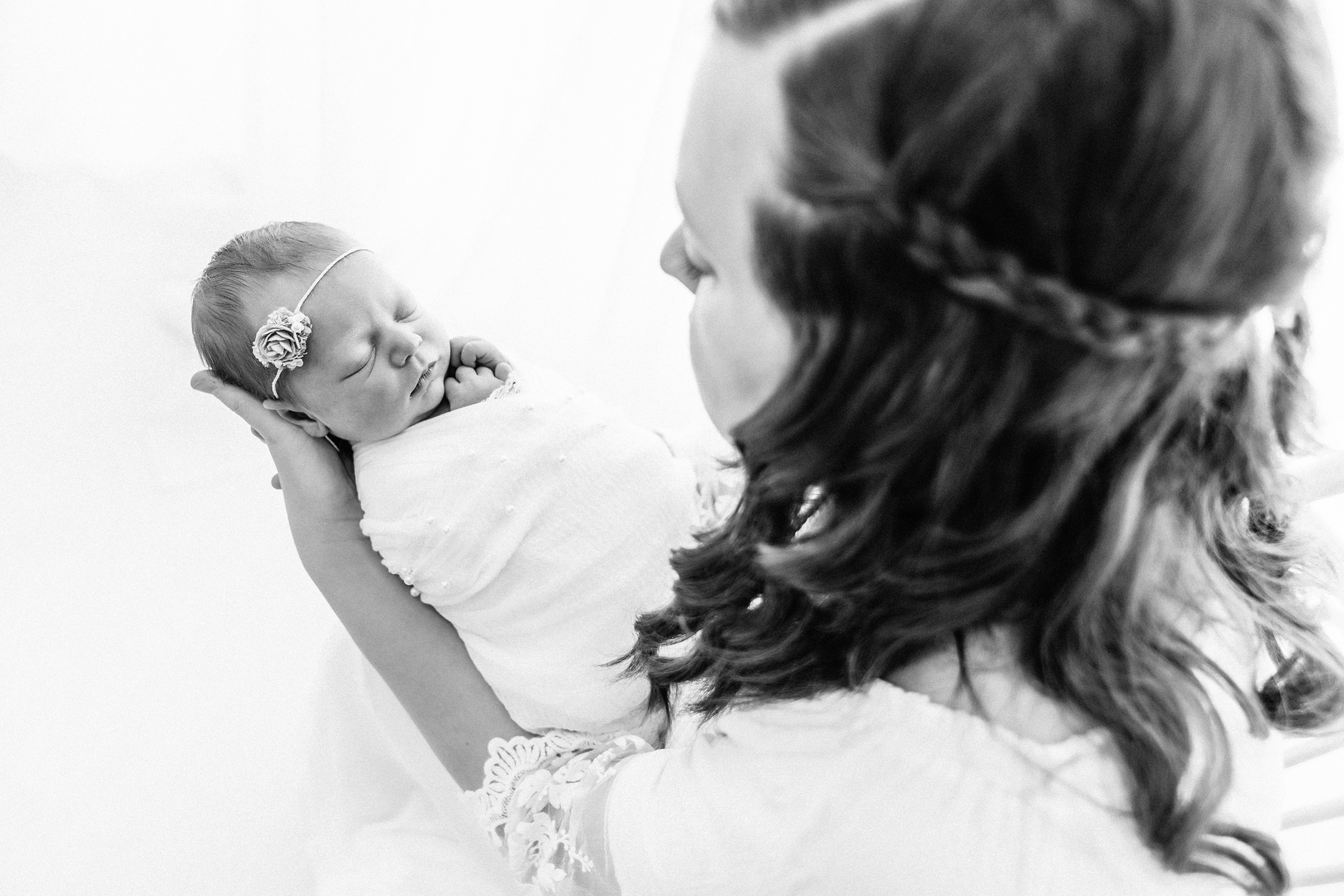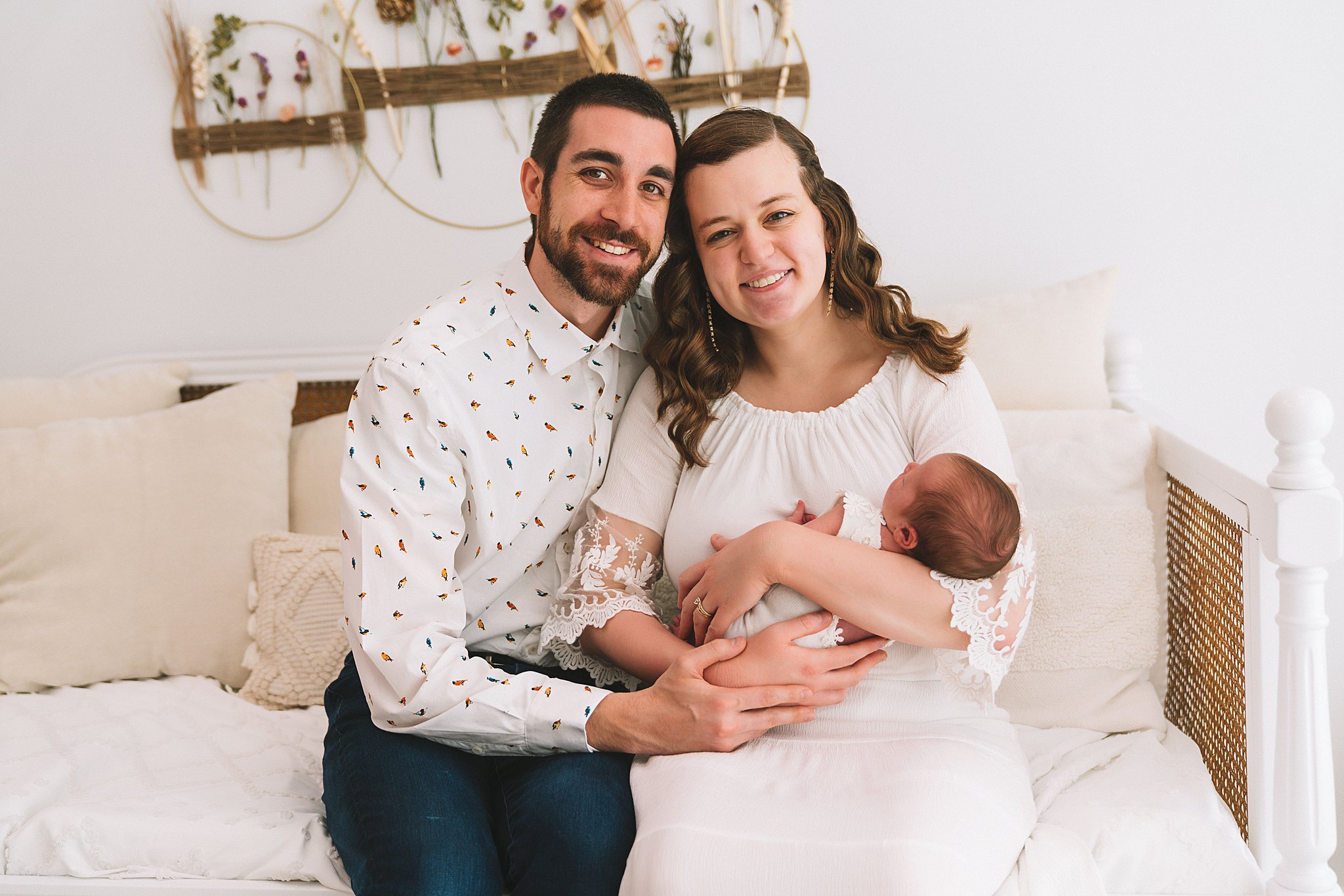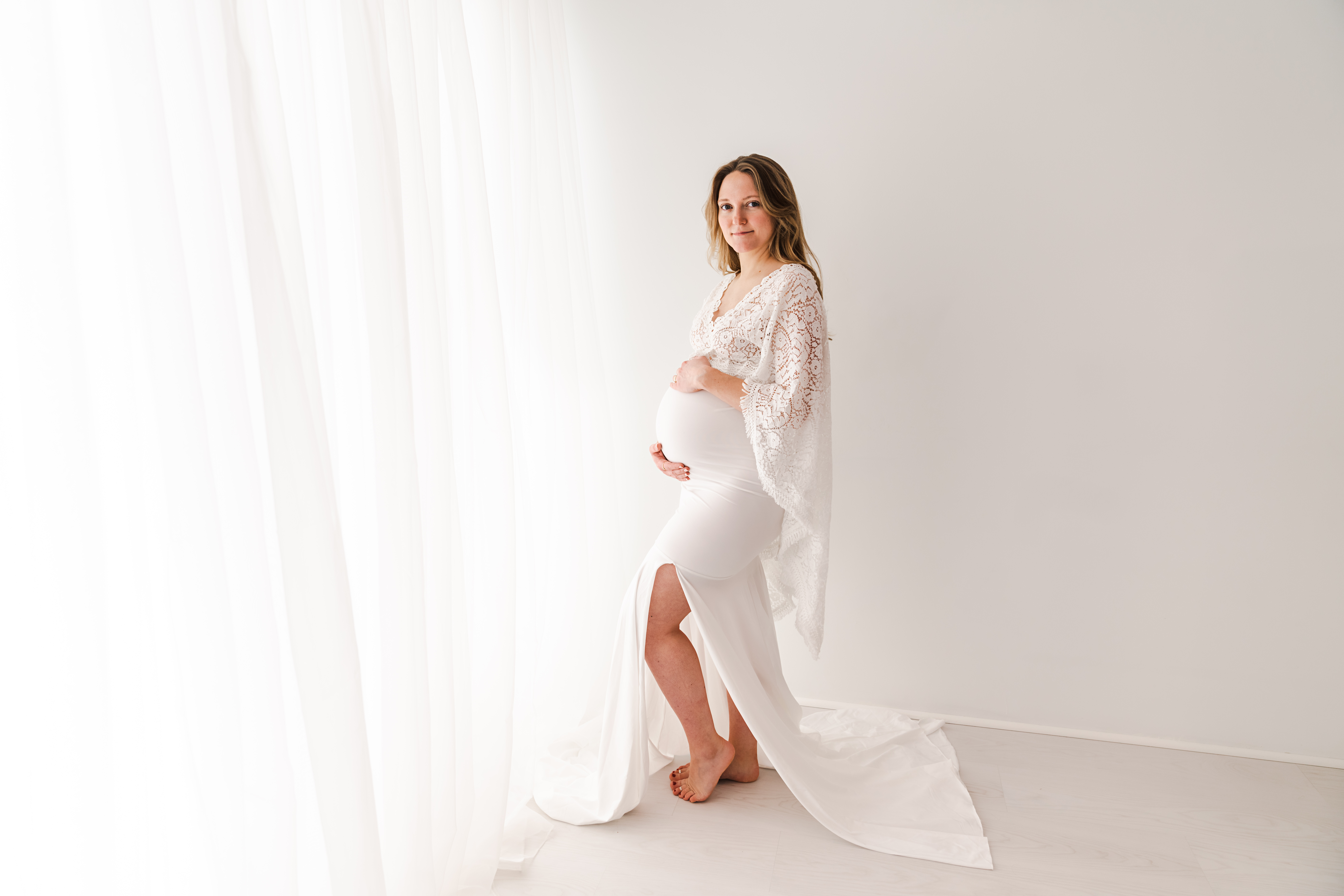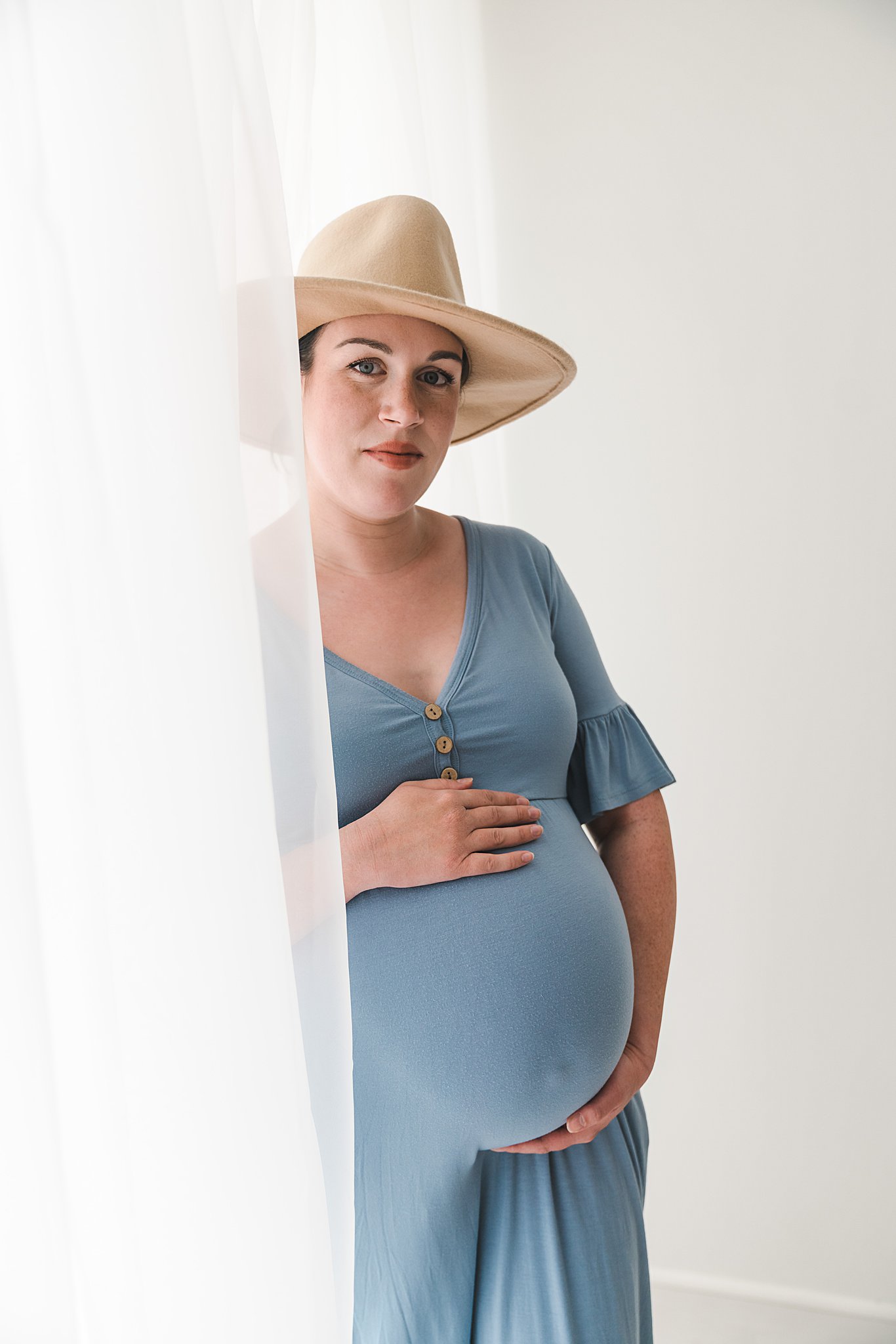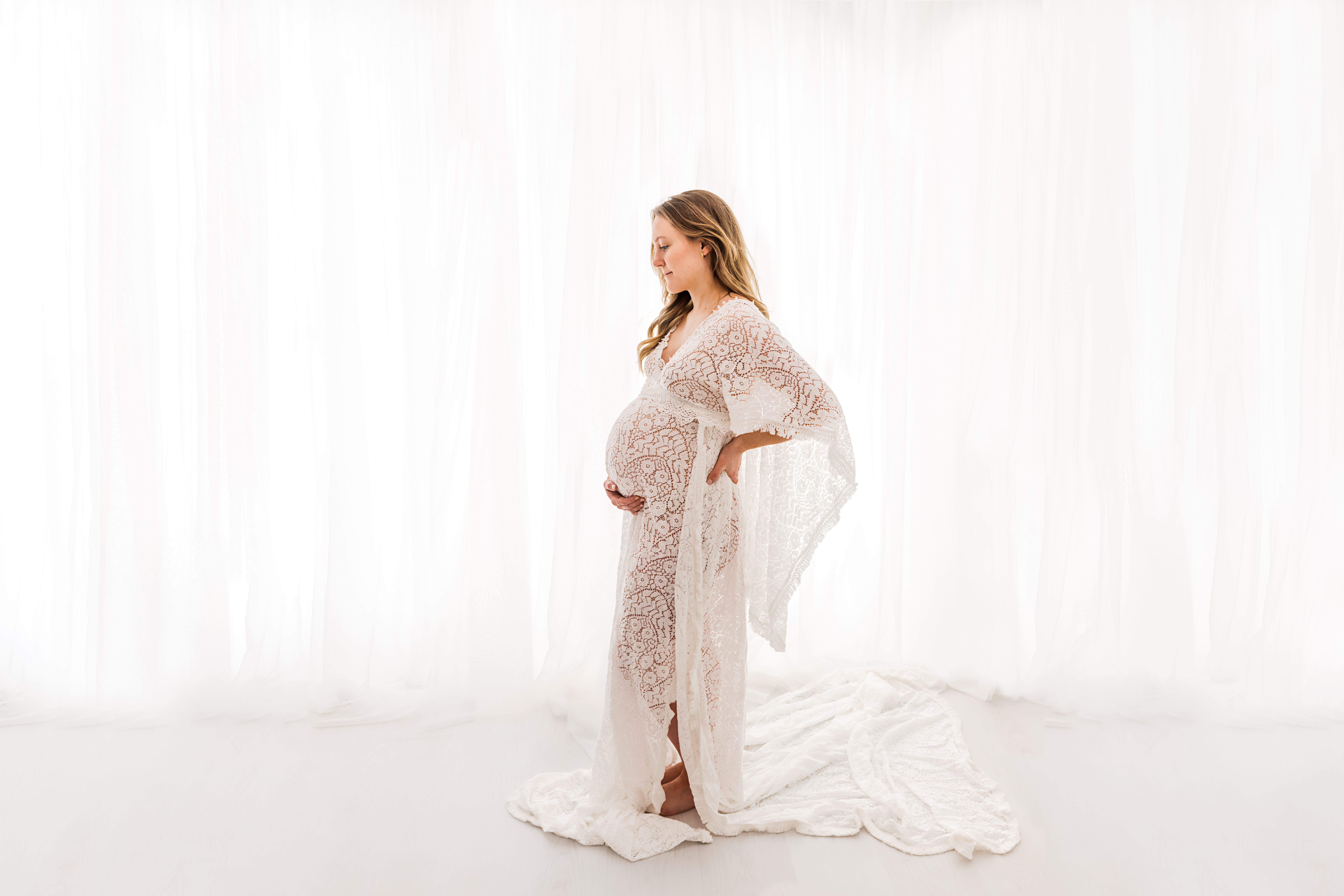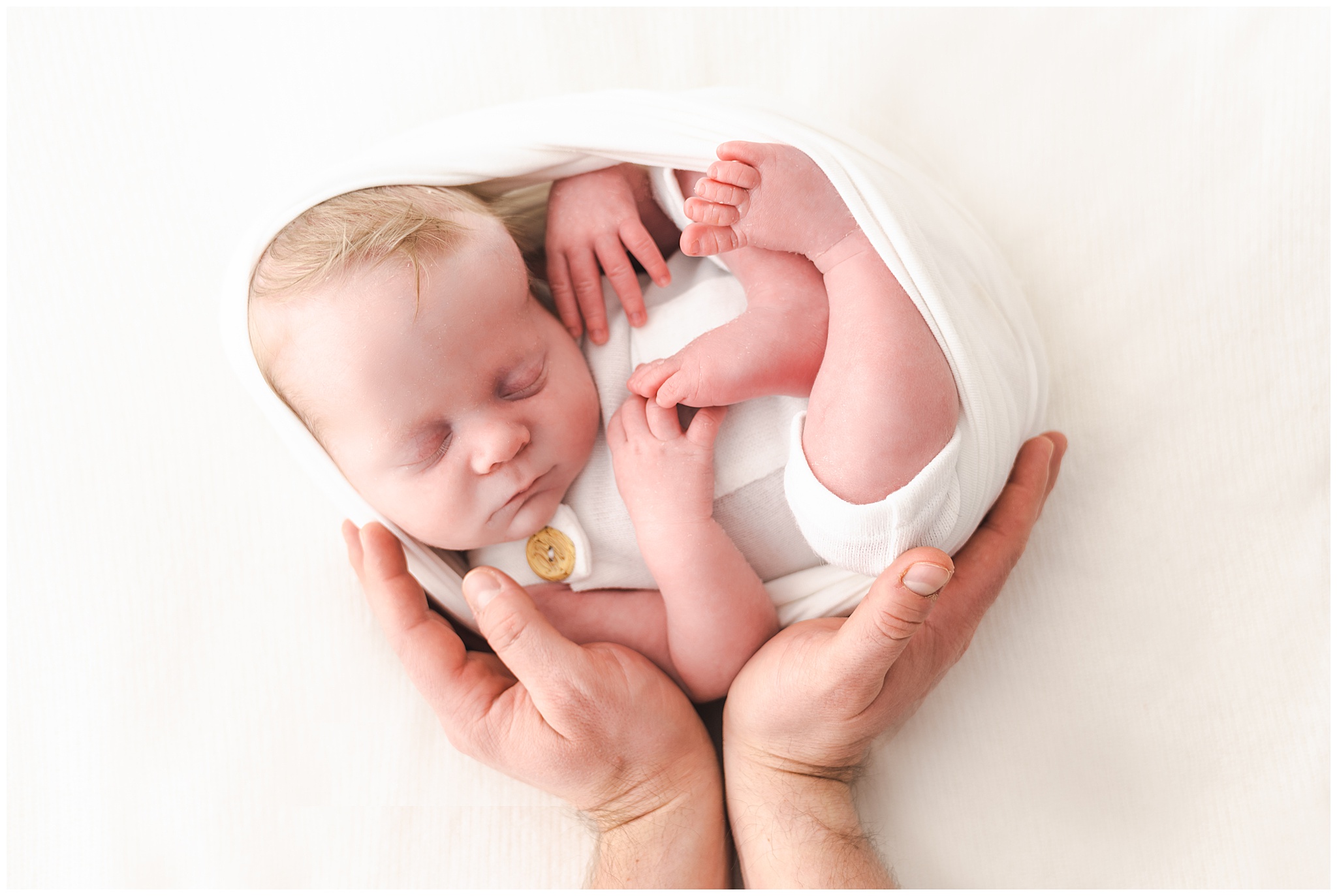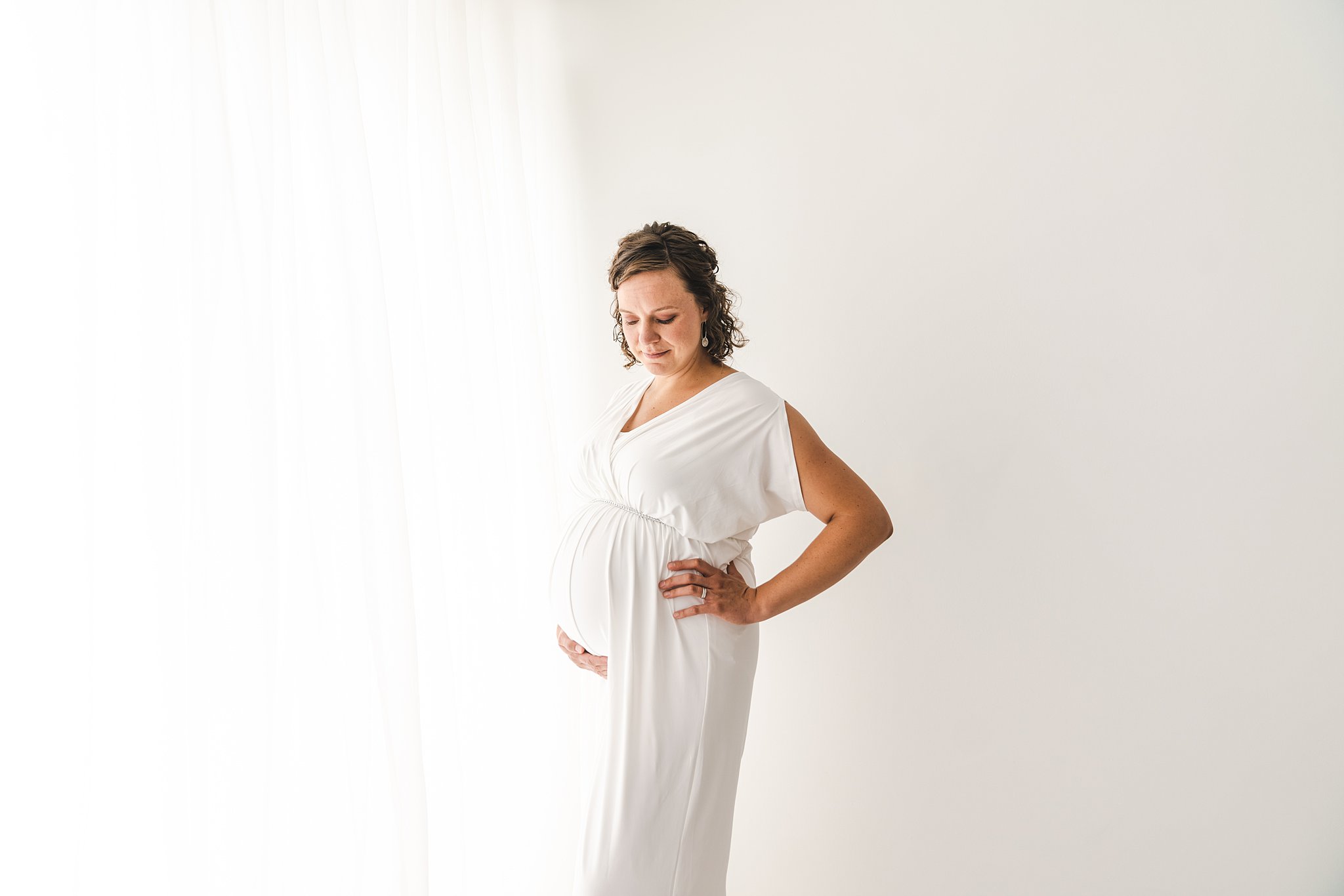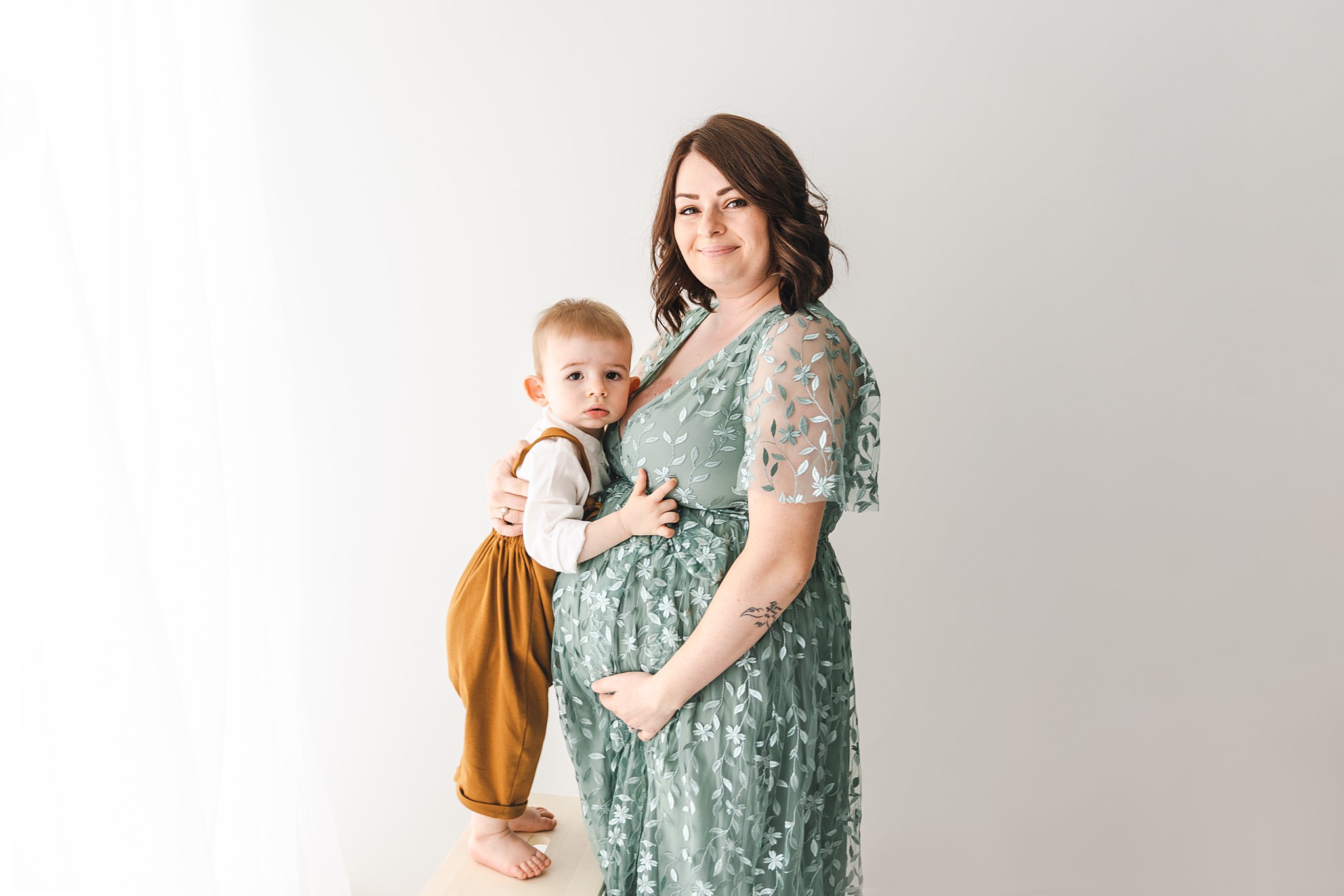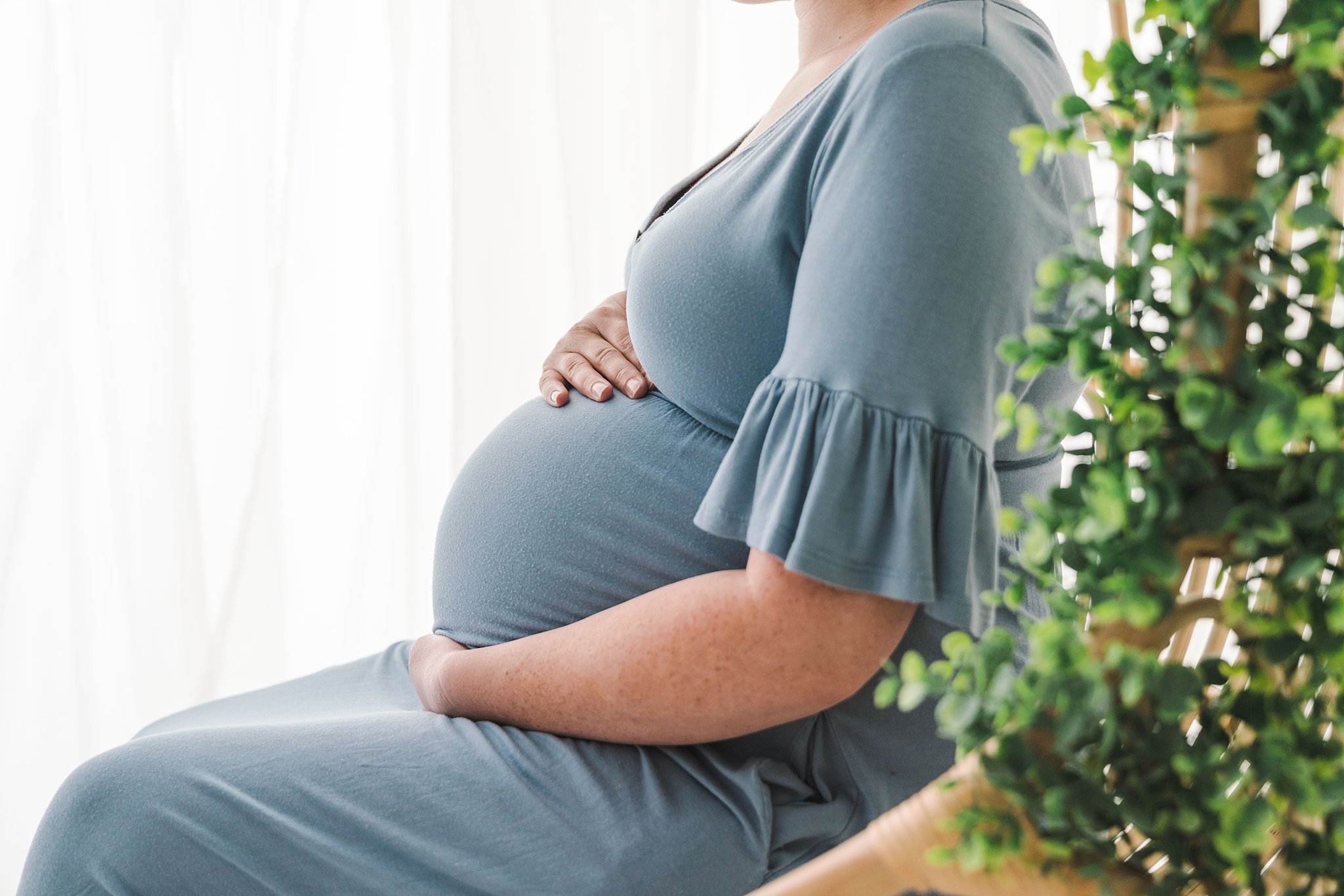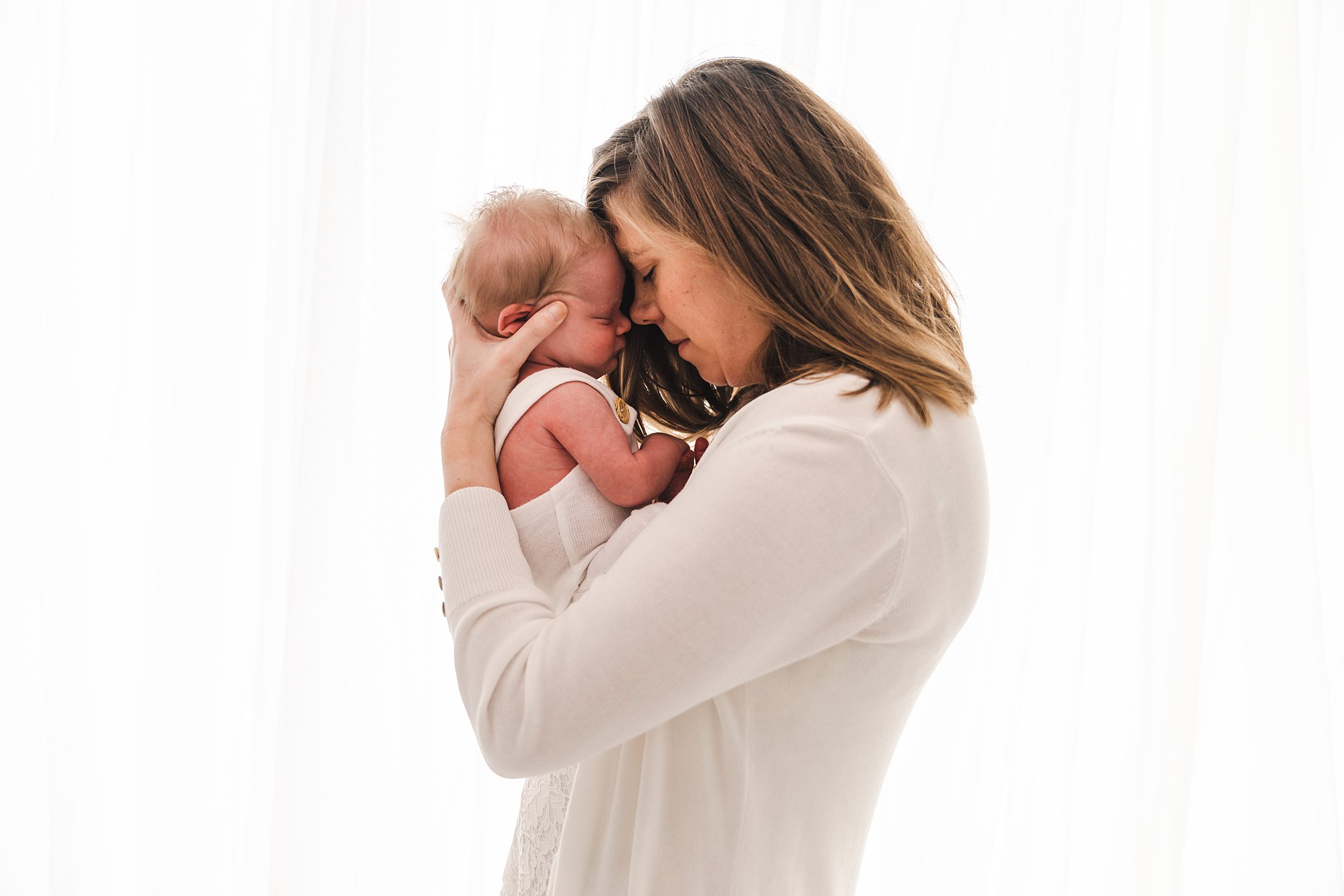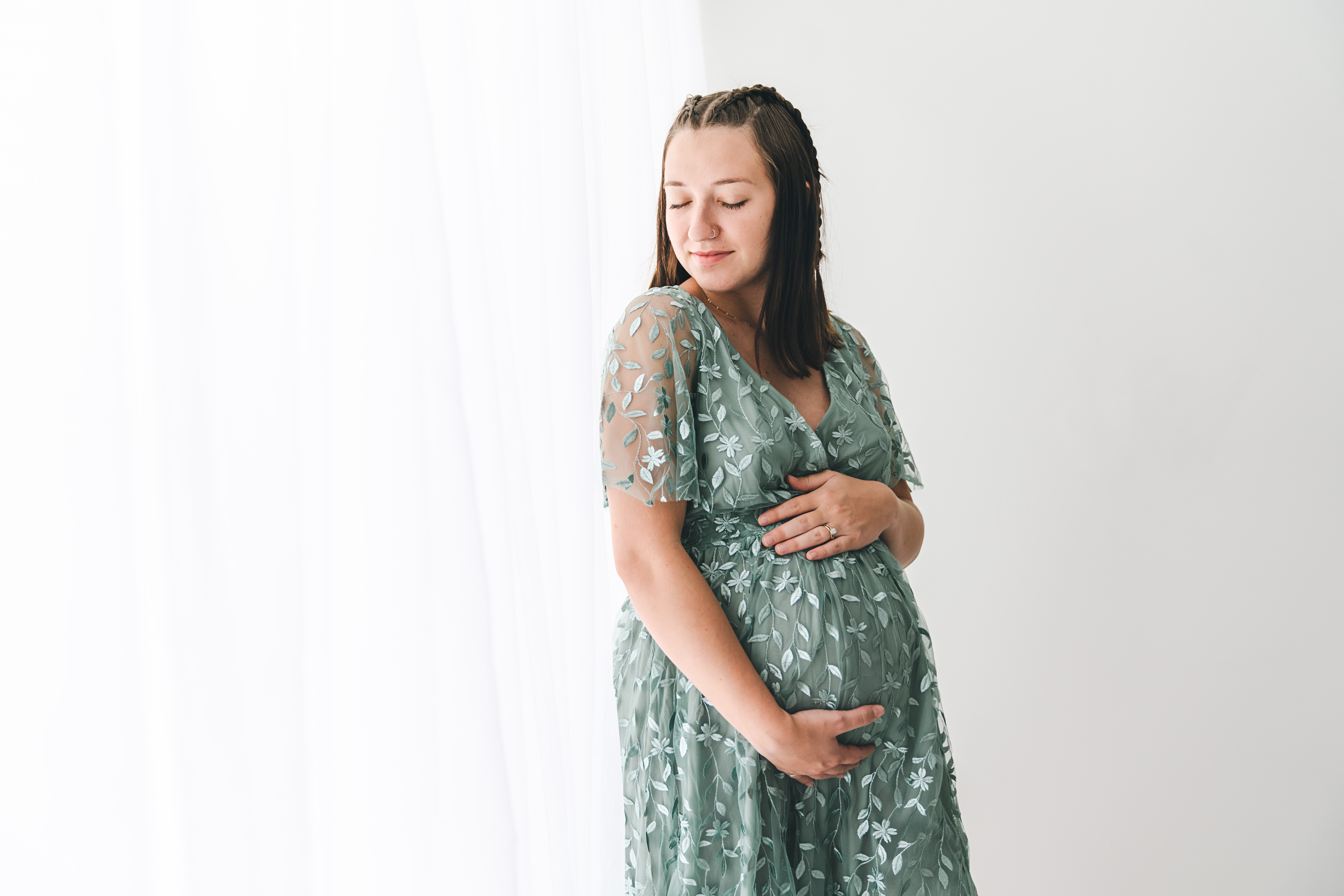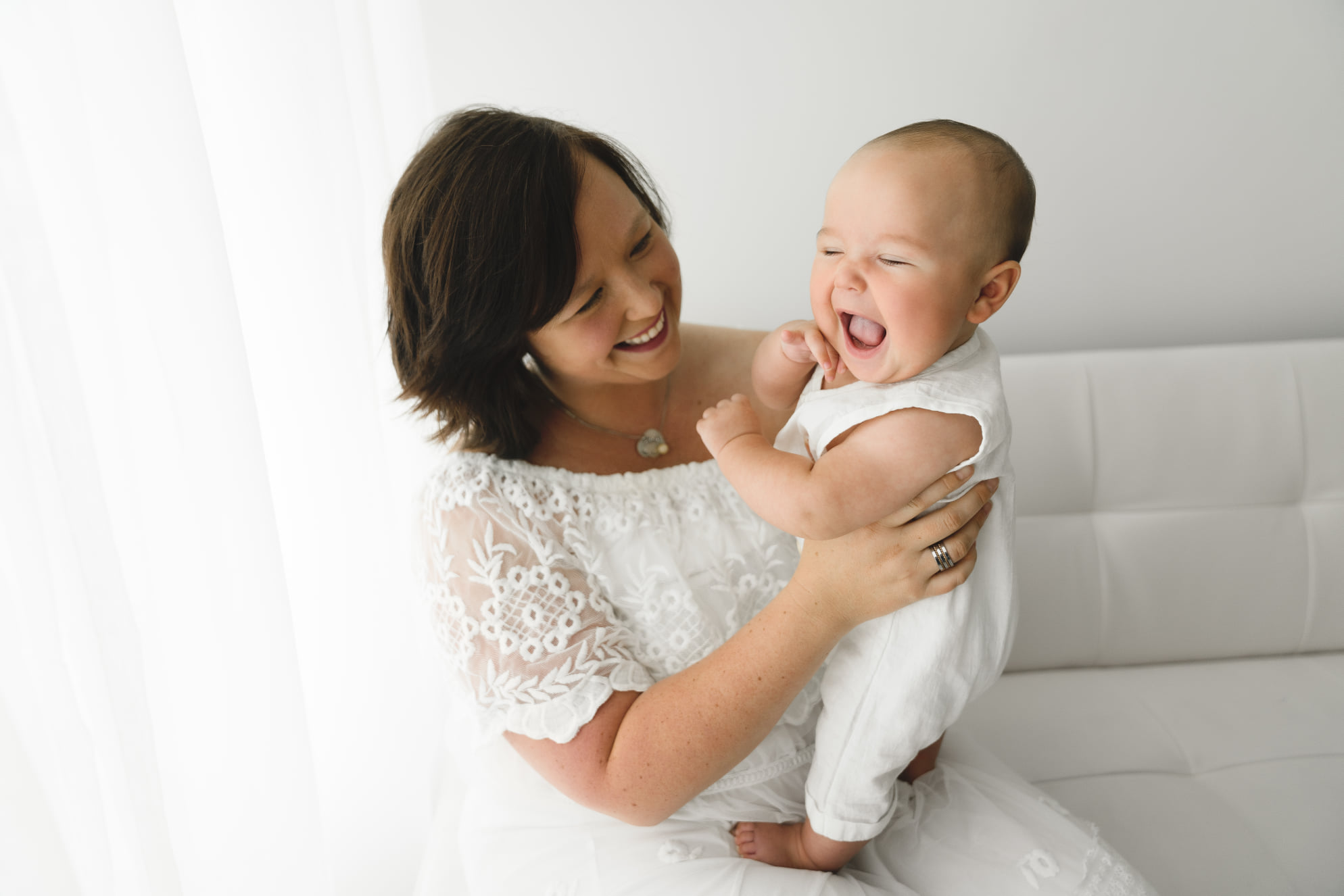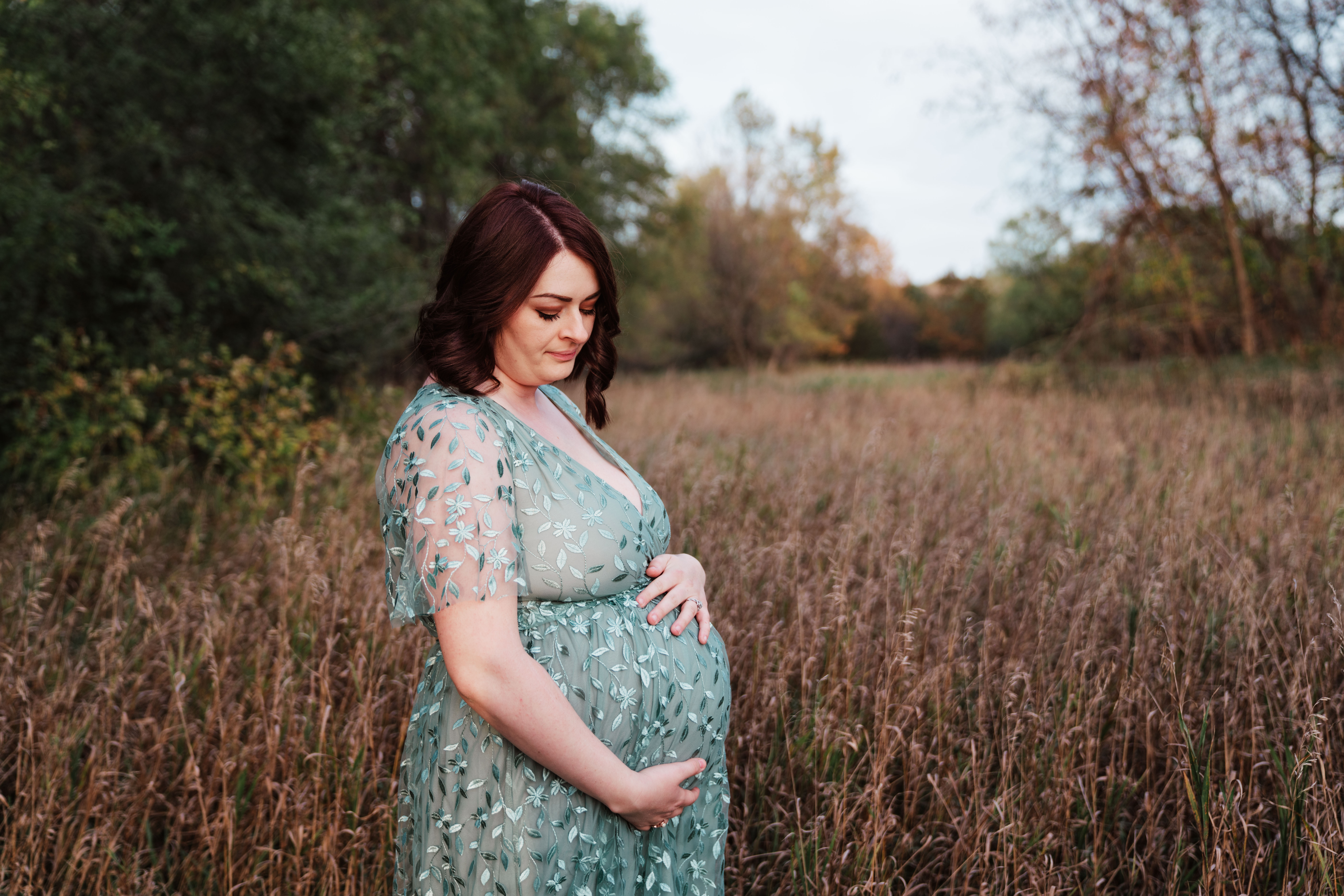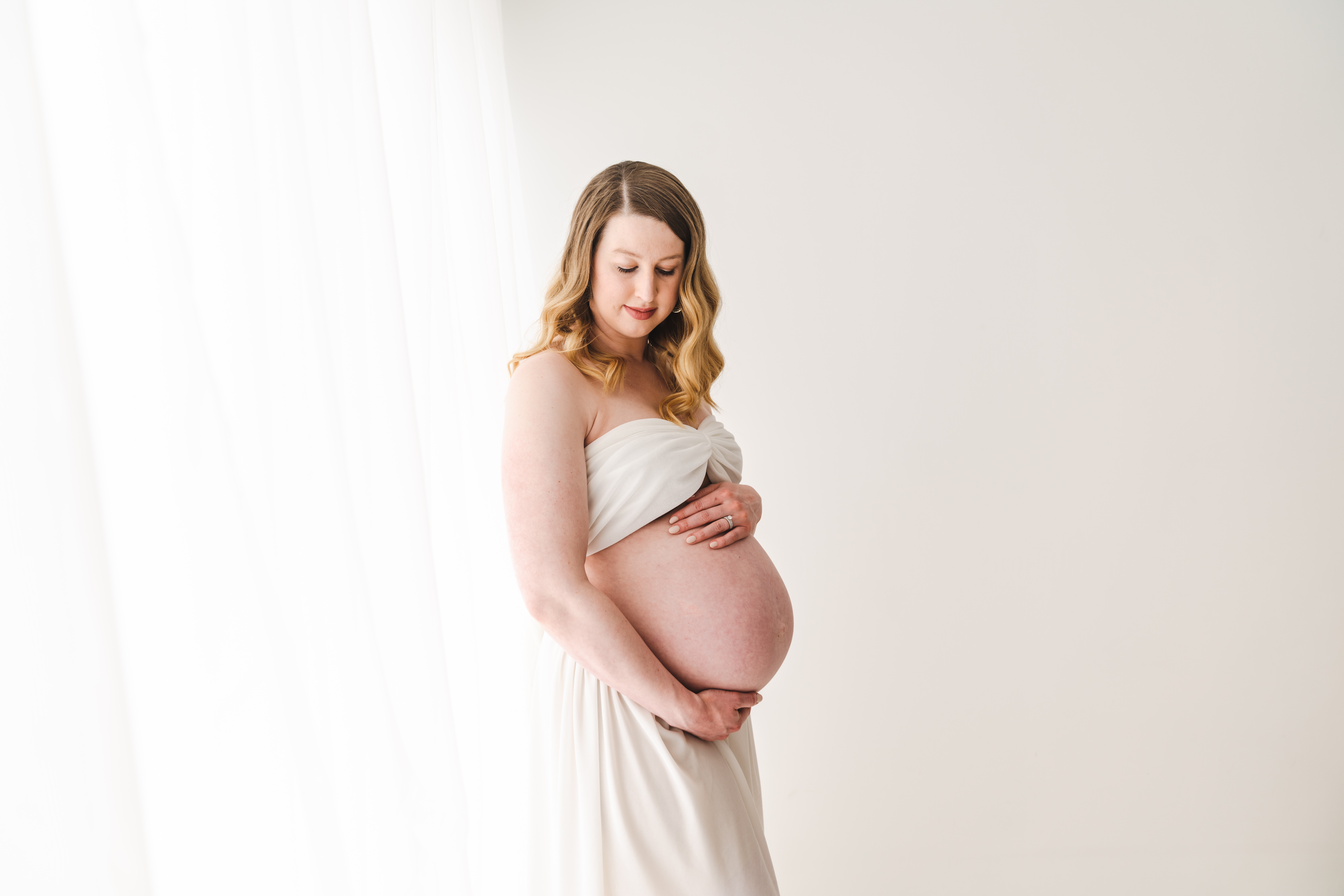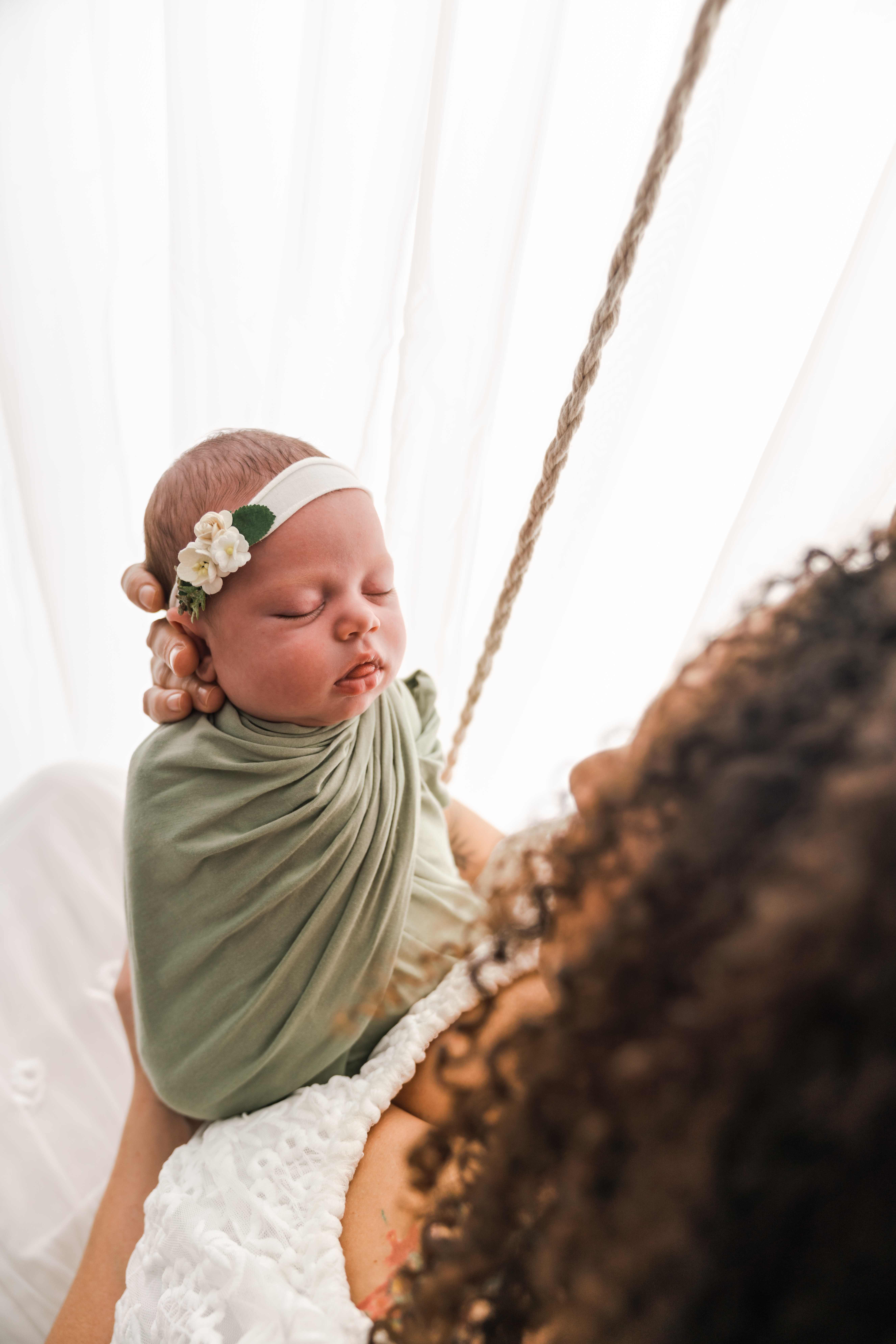Maternity Leave: What Every Working Woman Needs to Know


Pregnancy and childbirth are physically and emotionally demanding processes. For working women, this recovery period is often complicated by the need to return to their jobs. Mothers need time and opportunity to bond with their babies and recover from childbirth without the added stress of work.
Maternity leave is an essential benefit for working mothers. It allows them to take time off to care for their babies without fear of losing their jobs. Maternity leave also helps to reduce the gender wage gap, as women are more likely to return to work after taking leave.
What is maternity leave?
Maternity leave is when a working mother can leave work to give birth or care for an adopted baby or child. Maternity leave gives working mothers time to recover from childbirth, bond with their newborns, and establish a breastfeeding routine. It also allows mothers to tend to their baby’s needs during those early days, when they are most vulnerable. Unfortunately, many women don’t have the luxury of an extended leave because they don’t have paid leave or they don’t qualify for maternity leave.
Maternity leave is a legal entitlement for women in the workforce. FLMA, or Family and Medical Leave Act of 1993, guarantees 12 weeks of unpaid maternity, job-protected leave for full-time employees. However, not every employee is qualified for FMLA-protected maternity leave.
Who can get paid maternity leave?
The United States is one of the wealthiest countries in the world, but it is one of the only seven countries with no paid maternity leave. The other countries are Nauru, Papua New Guinea, Tonga, Federated States of Micronesia, and Palau. This is not the best news for expectant parents in the U.S. You will have to go on leave without income unless your employer offers paid maternity leave.
Only 23 percent of Americans working in private industries have access to paid maternity leave. Currently, only eight states offer paid maternity leave: Oregon, Washington, New York, California, New Jersey, Rhode Island, Massachusetts, and Connecticut. The length of paid maternity leave varies depending on each state.
Forty-two states in the country still do not provide employees paid maternity leave. For many working mothers, this means returning to work shortly after giving birth, even if they’re not feeling up to it.
Who is eligible for maternity leave under FMLA?
Not everyone is eligible for maternity leave under the FMLA. According to the Department of Labor’s Employees Guide to the Family and Medical Leave Act, FMLA covers employees who work in local, state, or federal government agencies. FMLA also protects employees who work in elementary and secondary schools. Employees who work for private employers can still be eligible for maternity leave if:
-You have worked for your company for at least one year before you file for maternity leave. You also should have worked at least 1,250 hours in the 12 months prior to your leave. That’s about 24 work hours per week.
-You work at a place where the employer has at least 50 employees within 75 miles of your worksite.
Under the FMLA, you must give the employer 30 days’ advance notice to take maternity leave. In an emergency, for instance if your baby arrives prematurely, you should contact your employer immediately to let them know you need to go on leave.
Step-by-step FMLA process
Familiarize yourself with the process of filing for maternity leave under FMLA. Here is the step-by-step guide.
You will notify your employer when you need to go on leave.
Your company will give you notice within five business days if you qualify for FMLA leave. The company will also inform you of your FMLA rights, responsibilities, and other concerns.
You must provide your company with a medical certification within 15 days.
Your employer will inform you if your leave has been designated as FMLA leave within five business days.
If your leave is FMLA-protected, your employer must reinstate you to the same or nearly identical job when you return to work.
How to extend your maternity leave
If you need more time to be at home with your newborn baby, you can use other allowed paid leaves like sick leave, vacation, and personal leave. If you have used up all your other leaves, you may want to talk to the Human Resources department in your office for other options.
Do you still have health insurance during maternity leave?
If your leave is FMLA-protected, your employer must continue your health insurance, but you may have to pay your premiums while on leave. Communicate with your employer to make your maternity leave process go smoothly.
Advice on Maternity Leave from other Moms
I wish I was told about short-term disability plan to opt while buying insurance which would have provided me paid leaves!
Mounika Murali, Indianapolis
It’s not relaxing lol. At least it wasn’t for me. But enjoy as much time with your babe as opposed to keeping up with chores
-Micaela Bass, Indianapolis
Say yes to all help offered! It’s hard recovering after childbirth and having to take care of a newborn at the same time.
-Laura Schroeder, Indianapolis
Bottom Line
Maternity leave is necessary and helpful for working women. It would help if you had time to recover and take care of your newborn. You must know the specific laws in your state and the policies in your company regarding maternity leave. You can focus on your newborn better, knowing you still have a job to return to after your leave of absence.





